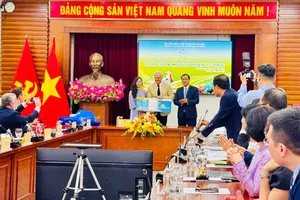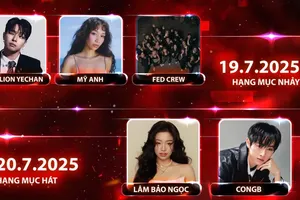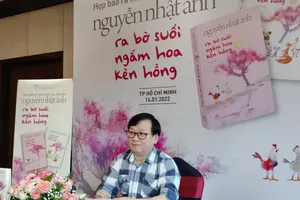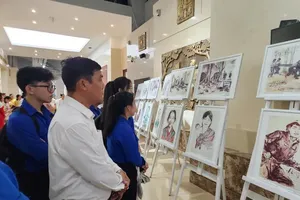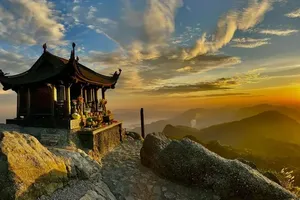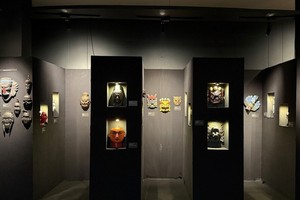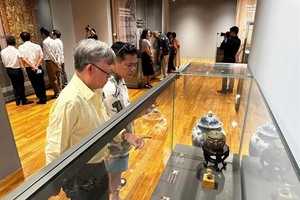Over 70 foreign and local scholars met at a seminar in Hanoi April 20 to discuss preserving the traditional Giong Festival, which has applied for recognition by UNESCO as an Intangible Cultural Heritage of Mankind.
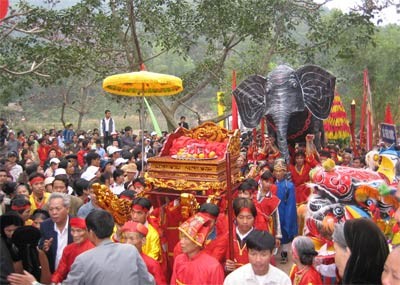
Meeting on the sidelines of the festival, which takes place in the capital annually from the 6th to the 12th of the fourth lunar month, the cultural scholars discussed ways of combining the festival with sustainable tourism initiatives.
They concurred that much work need to be done to improve the festival and preserve its authenticity. They agreed to push for the promotion of the festival in hopes that it would win the approval of the World Cultural Heritage Committee at UNESCO. The Giong Festival’s application has passed the first round of the process.
According to Vietnamese legend, Saint Giong, one of the country’s four immortal folk heroes, was born a small and week baby around 500 BC.
The story goes that when Vietnam was invaded from the north, a three-year-old Giong began to eat immense amounts of rice and soon grew into a giant. He then asked the king for an iron helmet, spear and horse, which he used to lead an army that defeated and expelled the powerful aggressors.
The epitome of Vietnamese resourcefulness, Giong fashioned a weapon out of bamboo when his iron spear broke in battle, according to the legend.
Having restored peace in Vietnam, Giong was named a saint and then bestowed the title of Emperor Phu Dong before he rode his iron horse into the sky. He is now remembered as a defender of the nation, a protector of crops and the embodiment of loyalty.
The festival to commemorate Saint Giong is held in Phu Dong village, Gia Lam district, Hanoi, as well as in some other parts of the capital including Phu Ninh village in Soc Son district and Xuan Dinh village in Tu Liem district. The main festival day is on the 9th day of the month.
The festival includes the performance of traditional rituals and arts by performers who have been taught specific skills for the festival handed down through the generations.
The festival is known as one of Vietnam’s more patriotic celebrations, glorifying the indomitable spirit of the Vietnamese people and the Vietnamese nation’s aspirations of independence and freedom.
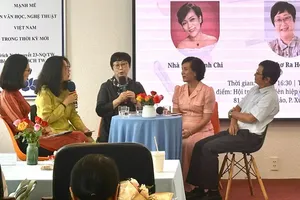
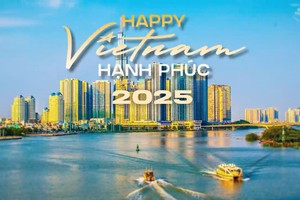
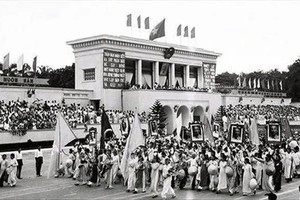
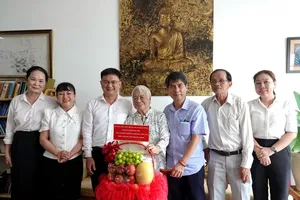
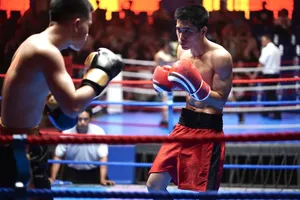

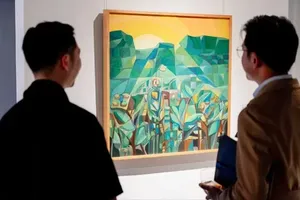

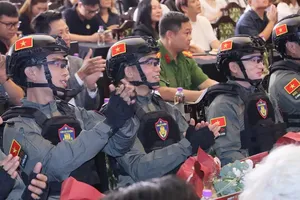
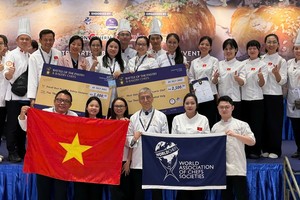
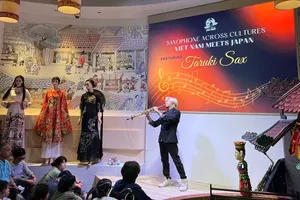
)
